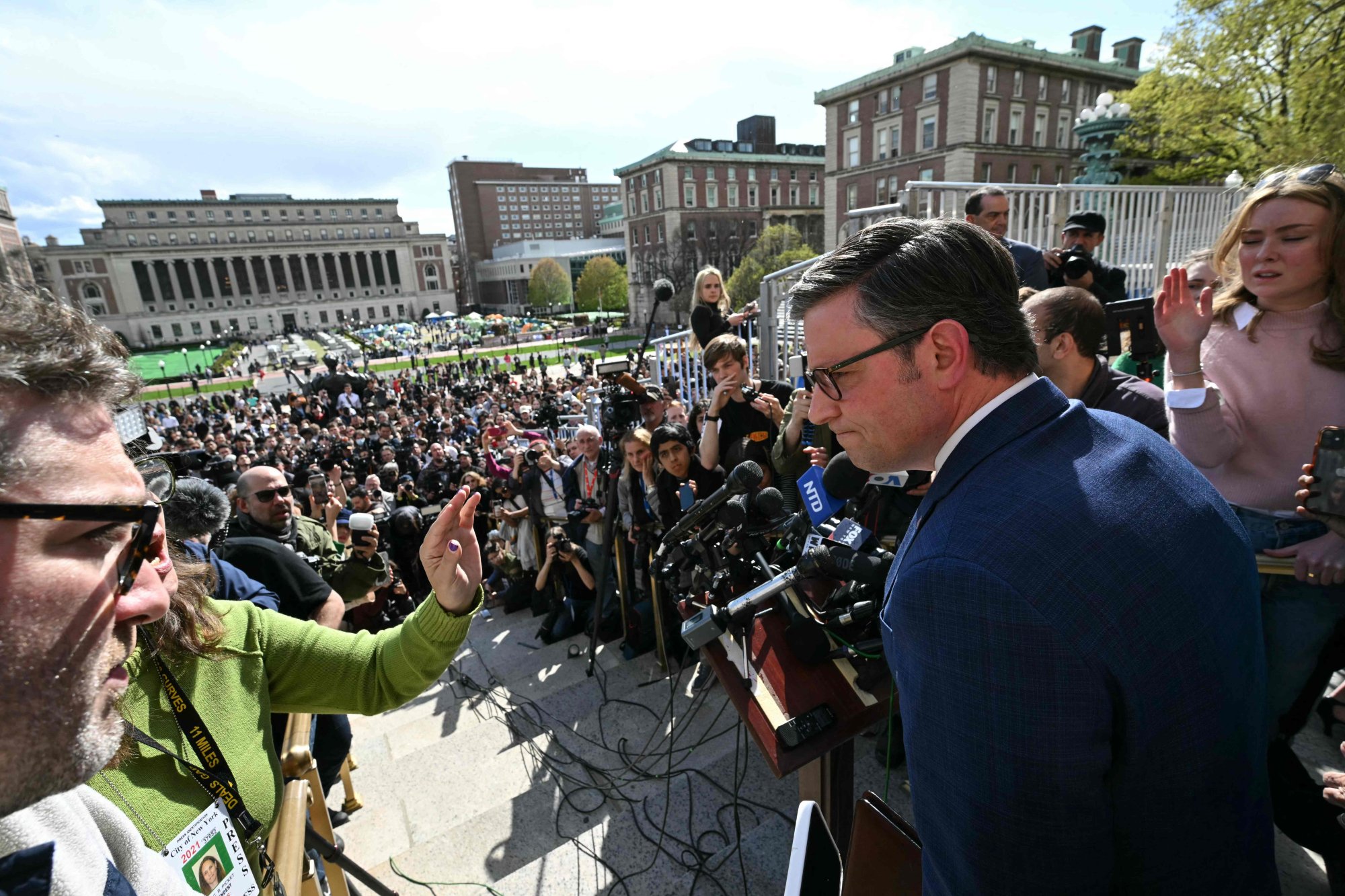
Tear gas, student protests – except it’s the US, not 2019 Hong Kong
- Student protests across more than 25 US universities over the Gaza war have turned violent with the police moving in, and tear gas and stun grenades used
- The situation presents significant challenges, with opinions polarised and deep divides among communities and families. In Hong Kong, the healing has yet to truly begin
Meanwhile, some students are understandably fearful that the conflicts and atrocities occurring around the world that may be affecting them or their families are simply not getting enough attention.
One of the US colleges affected is my alma mater, so I have been paying close attention from the outset as tensions heightened and the situation escalated. Opinions are sharply divided on student tactics and the appropriate levels of response.
From the beginning, university leadership, trustees and management have encouraged engagement and dialogue, striving to find manageable solutions. Despite these efforts, many demonstrators are only willing to engage when their demands are fulfilled.
From New York to Los Angeles, protesting students are demanding that their universities divest from corporations profiting from the war and those supporting Israel’s government and military.
However, the divestment process can be complex due to the deep relationships between corporate America and the military.
By now, universities across the country have felt the necessity of allowing in the police to remove protesters, with over 1,000 arrested on more than 25 campuses covering at least 21 states. Tear gas and stun grenades have been used. However, some of their decisions have been criticised by people concerned about the implications for freedom of speech.

Republican House Speaker Mike Johnson escalated tensions by suggesting the National Guard be deployed to restore order at Columbia University. He also called for the university president to resign. Pro-Palestinian student demonstrators have been suspended by Columbia and other colleges for failing to leave the campus after they were asked to do so voluntarily. Several pro-Palestinian student protesters have also been suspended for breaching college regulations.
In Paris, university authorities recently called the police to break up a tent occupation at the prestigious research university Sciences Po, and demonstrations have also occurred at the Sorbonne in Paris.
Students at Rome’s Sapienza University followed suit. Students at Oxford University disrupted a speech by former US House speaker Nancy Pelosi, while others have been rallying support at University College London, the University of Warwick and elsewhere. Protests are also being held at Australia’s University of Sydney and the University of Melbourne.
Bernard Chan is a Hong Kong businessman and former Executive Council convenor

